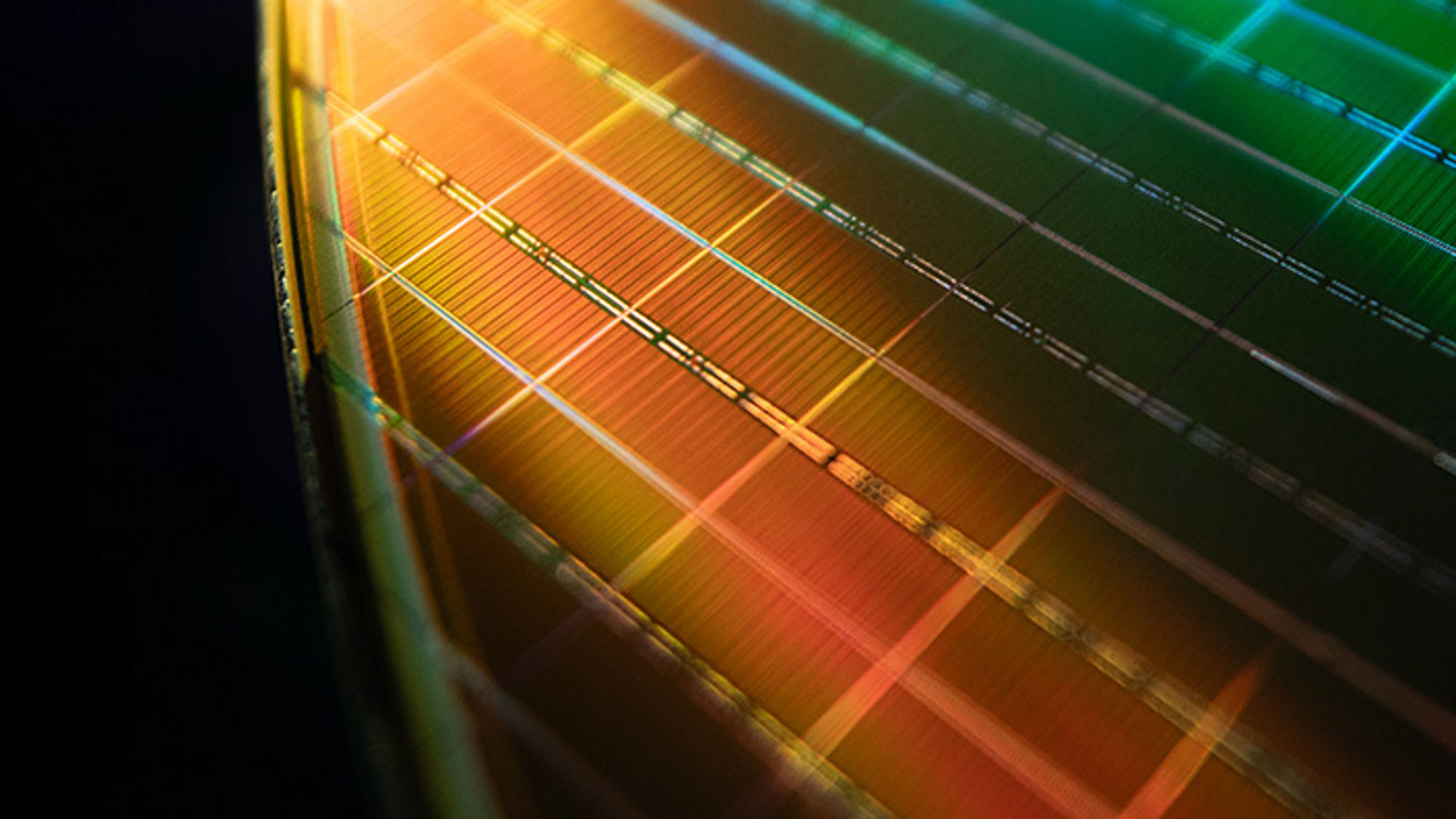EUV laser-maker Trumpf explores quantum computing to improve laser tech

Trumpf, the manufacturer of the lasers used in ASML's EUV chipmaking tools, is turning to quantum computing to explore new ways to optimize its lasers. Trumpf is teaming up with its partners from Fraunhofer ILT and the Dahlem Center at Freie Universität Berlin to explore whether modern quantum computers can indeed be used more effectively than today's classical supercomputers. If quantum computers prove to be more efficient, they could improve next-generation CO2 laser systems.
CO2-based laser units are widely deployed in semiconductor production (specifically in light sources for DUV and EUV lithography tools, such as those developed by Cymer for ASML's NXE and EXE tools), the broader non-semiconductor industry, and silicon photonics used for connectivity. Hence, the group will explore two vectors of technology: typical industrial applications of CO2 lasers and the scientific direction of microscopic explorations. The initiative is supported with roughly €1.8 million from Germany's Federal Ministry of Education and Research.
Quantum computing × Quantum mechanics
Quantum computers may outperform classical supercomputers in modeling CO2 lasers because the physics of these lasers — vibrational and rotational energy exchanges, molecular collisions, and population-inversion dynamics — are inherently quantum-mechanical. Classic supercomputers tend to approximate these processes, since fully representing a many-state quantum system requires storing an exponentially growing number of amplitudes, which is becoming difficult for existing supercomputers that companies like Trumpf can access.
Meanwhile, a quantum computer can represent quantum states natively: n qubits can encode a 2ⁿ-dimensional state space without using amounts of DRAM that limit classical simulations. This makes quantum hardware much better suited to simulate decoupled, many-body interactions that order gain, losses, and energy-transfer behavior inside CO2 lasers. As quantum machines mature in general, they could enable far more accurate predictions and faster optimization of industrial laser designs.
Let’s give it a try?
The main task of the first task force is to determine whether quantum hardware can handle complicated quantum-mechanical interactions that command how particles generate and amplify light. Fraunhofer ILT contributes its experience in simulating semiconductor devices, while the Dahlem Center provides expertise in describing molecular collision dynamics.
A major technical component of the work involves translating established descriptions of energy-transfer behavior into forms suitable for quantum algorithms. Trumpf is developing the first versions of these quantum algorithms and coordinating their testing. One of the early targets is the set of processes governing CO₂-laser amplification, where accurate prediction of how energy moves between different molecular states is crucial for optimizing optical output and overall system performance.
The researchers have started by reviewing current simulation methods and benchmarking early quantum approaches to see where they may offer advantages. Since today’s quantum computers are essentially prototypes and lack the robustness needed for large industrial workloads, the emphasis is on building the know-how required to exploit more capable quantum machines once they arrive. This includes validating whether certain parts of the laser-physics models can run more efficiently on quantum hardware than on conventional supercomputers.
Get Tom's Hardware's best news and in-depth reviews, straight to your inbox.
Another part of the plan is to use the improved understanding of microscopic behavior to guide future laser designs, from refining gain media to adjusting how pump sources interact with active materials. More accurate predictions could eventually lead to higher performance, reduced power consumption, or more compact devices, potentially impacting actual devices that use Trumpf’s lasers, including lithography tools.
Last but not least, Trumpf notes that advances in CO₂-laser modeling enabled by quantum algorithms could lower the environmental impact of laser-based devices. Yet, given that the study is in its early stages of development, the actual impact of quantum computing on devices that use CO2 lasers is barely even imaginable at this point.

Follow Tom's Hardware on Google News, or add us as a preferred source, to get our latest news, analysis, & reviews in your feeds.

Anton Shilov is a contributing writer at Tom’s Hardware. Over the past couple of decades, he has covered everything from CPUs and GPUs to supercomputers and from modern process technologies and latest fab tools to high-tech industry trends.